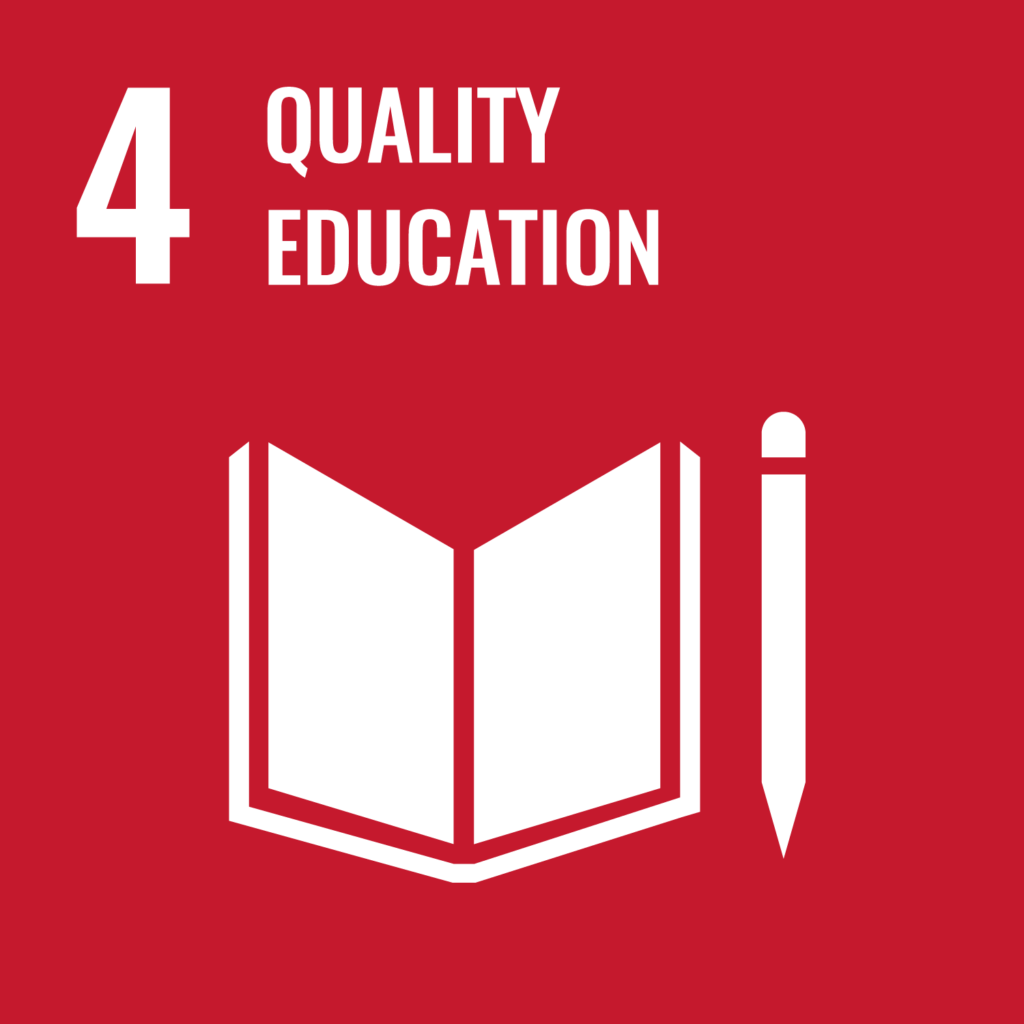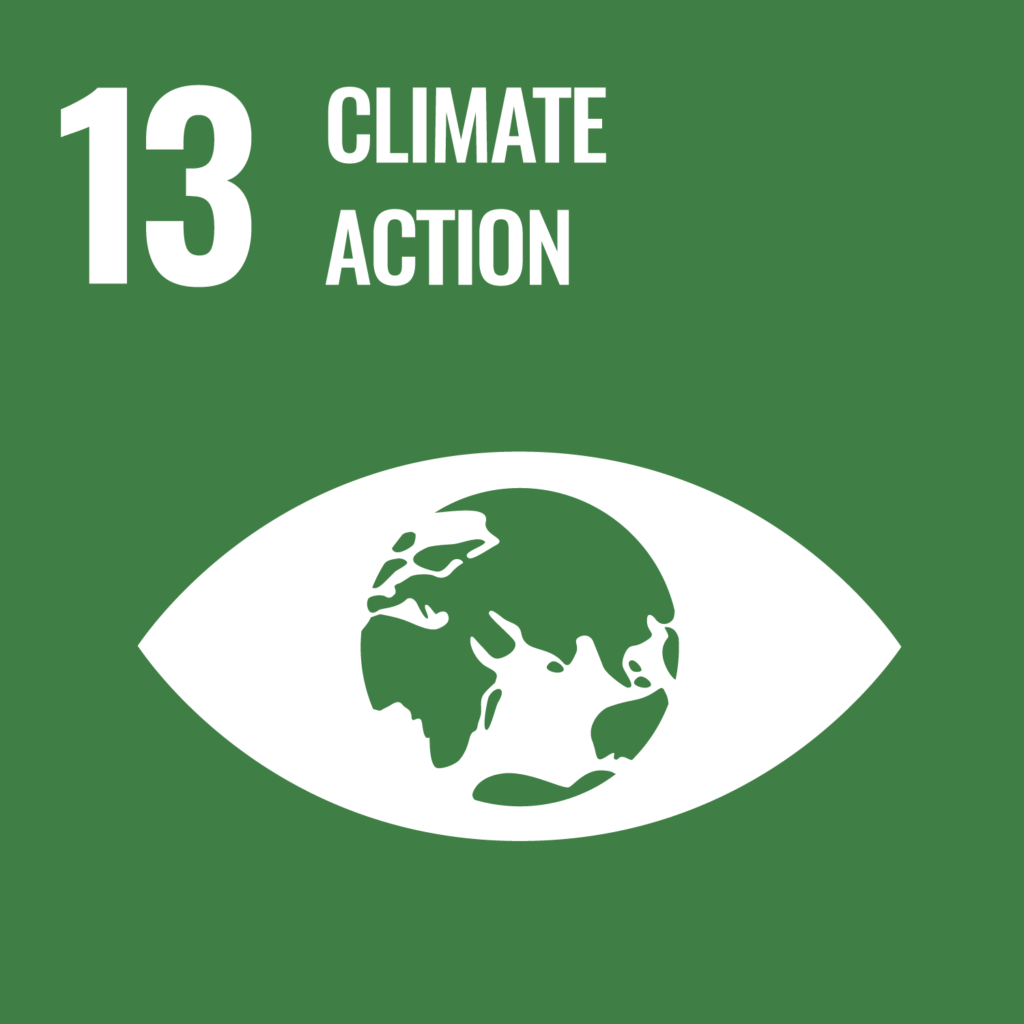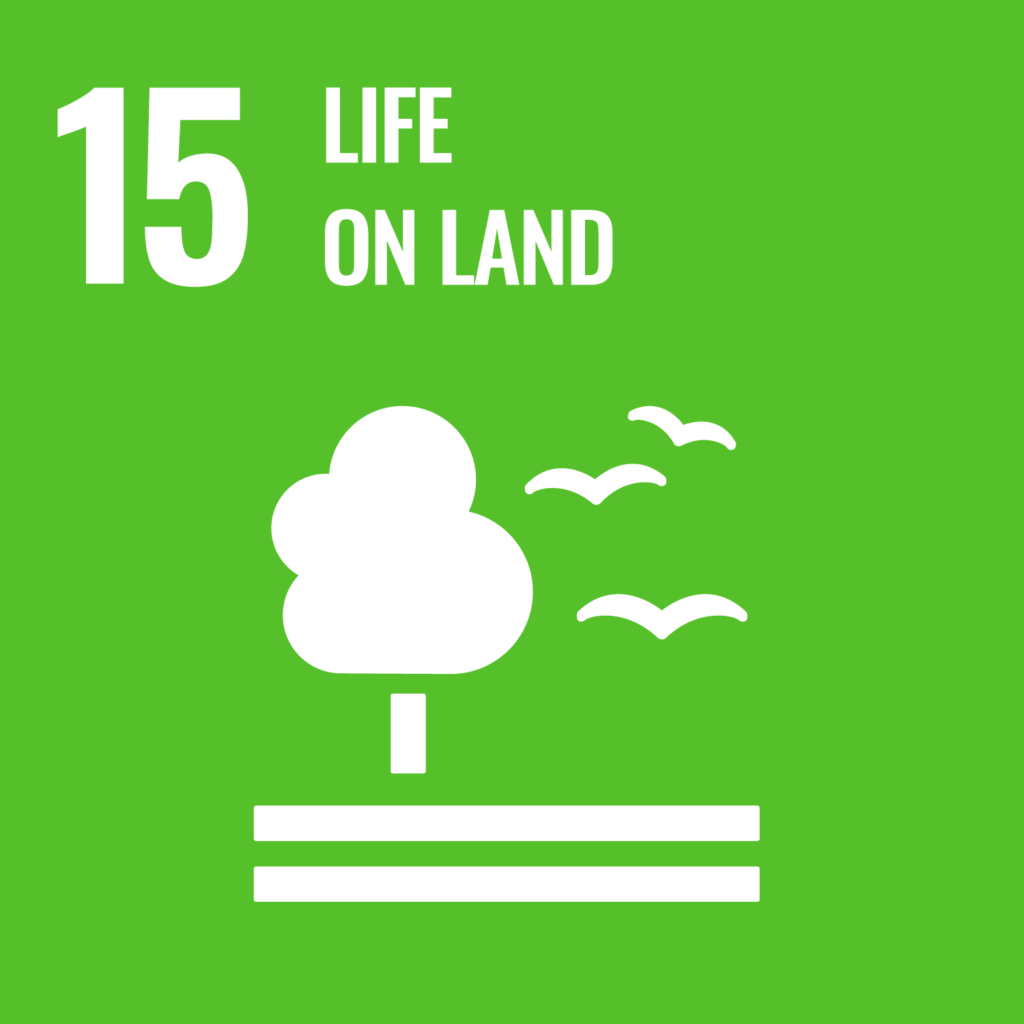General Information
Parc National de Marojejy and Parc National d’Andohela are two of six components of the Rainforests of Atsinanana, a serial property of UNESCO World Heritage. These relict forests are critically important for maintaining ongoing ecological processes necessary for the survival of Madagascar’s unique biodiversity, which reflects the island’s geological history. Having completed its separation from all other land masses more than 60 million years ago, Madagascar’s plant and animal life evolved in isolation. Therefore, the rainforests were inscribed in the World Heritage List in 2007 for their importance to both ecological and biological processes as well as their biodiversity and the threatened species they support. Many species are rare and threatened, especially primates and lemurs.
The Montagne des Français Protected Harmonious Landscape is one of the protected areas in the northern of Madagascar. It’s a dry deciduous forest with short thicket and rupicolous vegetation which is home to endemic species. The site faces many threats such as extensive conversion of forest trees to charcoal, slash-and-burn agriculture and lemur’s hunting.
These protected areas provide local communities with crucial ecosystem services such as water flows and water quality; conserving habitats that maintain feeding and breeding areas for fisheries; reducing land degradation, bees pollinate flowers and carbon storage. Moreover, local communities are engaging in ecotourism industries in the regions. In the meantime, such protected areas contribute to storing and capturing greenhouse gas. Therefore, these areas help people adapt to climate change.
However, these protected areas face many anthropogenic threats such as illegal logging of precious wood species, hunting and poaching of endangered lemurs, land conversion to produce charcoal, artisanal mining, encroachment, fire, etc. Therefore, the Rainforests of Atsinanana have been included in the List of World Heritage in Danger since 2010, and the Montagne des Français Protected Harmonious Landscape is also experiencing such severe threats.
To conserve the Outstanding Universal Value of the World Heritage property and safeguard Montagne des Français Protected Harmonious Landscape, UNESCO launched a BIOCOM project on Biodiversity Conservation and Sustainable Natural Resource Management for Integrated Community Development in National Parks of Madagascar, funded by Korea International Cooperation Agency (KOICA). The project is for 52 months in 2020-2024.
Beneficiaries
250,000 predominantly low-income local communities living around Parc National de Marojejy, Parc National d’Andohahela and Montagne des Français Protected Harmonious Landscape, including 45 primary and secondary schools with 6,000 children and 280 youth and women, will be the beneficiaries of the BIOCOM project.
Objectives and outcomes
The objectives of the BIOCOM project are to conserve the Outstanding Universal Value of the World Heritage property and safeguard Montagne des Français Protected Harmonious Landscape. Three outcomes to achieve the objectives are:
- Outcome 1: A reduction of deforestation and an increased area of ecologically intact forest and the initial phases of restoration of degraded habitats. Protected areas are well monitored, long-term conservation is assured and research advances as needed.
- Outcome 2: The parks are effectively managed and protected, sustainable livelihoods (alternative income generating activities) of local communities developed.
- Outcome 3: Increased engagement of youth and women in natural resources governance through awareness, training activities and capacity-building activities.






